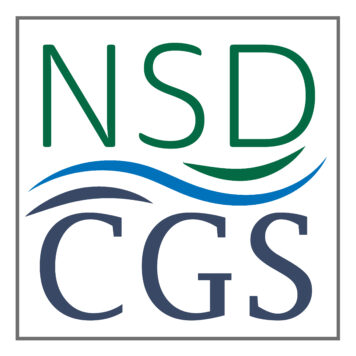NSD worked with Seattle Public Utilities (SPU), Sound Transit and Seattle Parks Department to restore floodplain function, improve hyporheic flows, reduce downstream flooding, create and enhance wetlands, and improve instream and riparian habitat quality for salmon and trout along the Knickerbocker Reach in the South Fork of Thornton Creek, in north Seattle. This reach was identified by SPU as a critical site for floodplain reconnection within the Thornton Creek Watershed. Due to the urban hydrologic regime of the watershed, this segment of the creek is prone to frequent flooding. The flooding damages instream habitat, private property, and public infrastructure and impacts aquatic organisms. NSD worked with the project team to design habitat structures, improve hyporheic flows, and flood storage along 800 ft of the Thornton Creek floodplain and off-channel wetland area. The project transforms a 6 ft wide rockery-lined channel into a meandering channel 15 to 20 ft wide with a 30 to 100 ft wide floodplain. Approximately 150 pieces of large wood and stream gravel were added to create natural and complex instream habitat. Hyporheic structures were installed to test the ability of the structures to improve instream water quality and enhance salmonid spawning and rearing habitat. The surrounding 2.5 acres of land was densely planted to restore the natural floodplain, wetland, and riparian habitat. The wetland enhancement and creation were part of the Sound Transit Northgate Link Extension Wetland and Watercourse Mitigation Plan.

